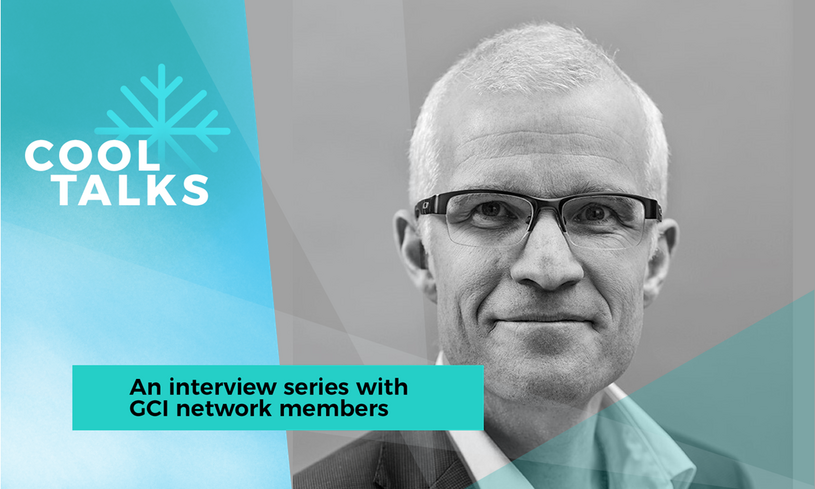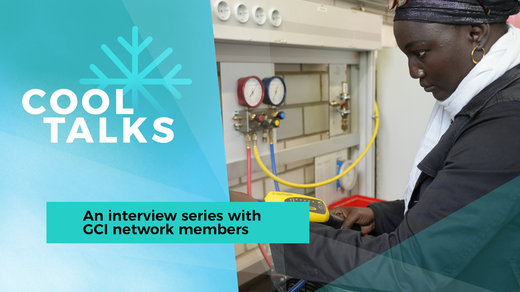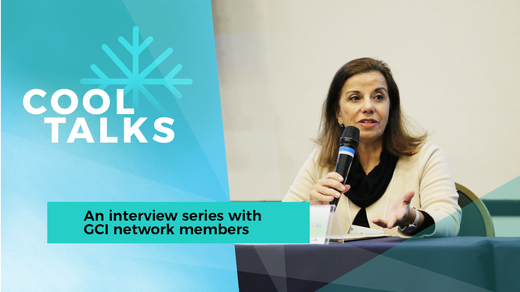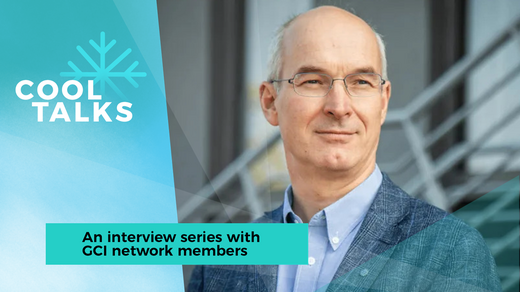For this Cool Talk, we have had the opportunity to interview Kim Christensen,
Founder and CEO of Fenagy. Kim is a mechanical engineer; throughout his career he has been working with many different types of refrigerants. He has been part of the refrigeration industry since his first job in 1994 at the Danish Institute of Technology, who was the forerunner on natural refrigerants in the late '80s and the early '90s.
Why joining the Green Cooling Initiative?
Here at Fenagy we are promoting clean cooling and currently we are focused on the heat pump sector, in which we use natural refrigerants and try to combine heating and cooling solutions. So essentially both the cold side and the warm side is of our interest. We joined this initiative because we would like to grow as a company and operate and promote natural refrigerants on a global level.
How does your company contribute to making the RAC sector more climate-friendly?
From the beginning we decided to only work with natural refrigerants. It is part of our DNA. We are using electrical heat pumps where the electricity is coming from renewables. So the heat sources for our heat pumps are ambient air, groundwater, or waste heat. There our combined heat and cooling philosophy comes into play, where we produce cold water for cooling, but we're also producing heat for, for example, district heating. So we have these combined. Basically, we minimize the carbon footprint by doing that because we do not use fossil fuels and we use very little electrical energy to drive a machine that can produce both cooling and heating. A project that we are very proud of right now is a five-megawatt combined district heating and cooling system in Copenhagen.
Speaking of safety: what would you say to people who think natural refrigerants are too risky to handle?
You design it to be safe. If you do that in a proper way and you design accordingly, there are no risk. You take the risk away. With CO2, of course, you design for high pressure. You make your pipes a little bit thicker, your vessels are designed for higher pressures, and then when you service it, you have certain procedures that you follow. For me, it's design and training. It's those two things that are important. Back in 2005 we were the first producer of transcritical CO2 systems, of course, training was a big issue because every new country we went into with this new technology, we had to make sure that people were trained properly. So I would say design and training are the most vital parts. You analyze the risk, make a risk assessment and remove the risk.
Where do you see the biggest obstacle for green cooling technologies at the moment?
When you ask me about obstacles, for a company like us is that it would be that we have a limited capacity. If we were to expand, especially internationally, we would need to have a strategy to go into international markets, and for that we would need partners that operate locally. If you must start from scratch and build your partnerships in loco, you have to be sure that there is a demand and the technology is mature. Is there a demand? Or do you try to create the demand? However, what we see now is that a lot of transcritical CO2 systems are now being exported from the EU to Asia, Africa, and South America, because the growth of the supermarket business in Europe is simply not there anymore.
What would an ideal cooling sector look like in the future?
A sector with combined heating and cooling. We must be able to combine heating and cooling and we have to be able to store heat and cooling. We should use the electrical cooling systems and electrical heating systems in a flexible way. In other words, to use the electrical energy when it's available and cheap and store it for later use. That is the flexibility. By achieving this, our systems would have to be more intelligent. This can be realized using machine learning and artificial intelligence that can optimize the systems.




